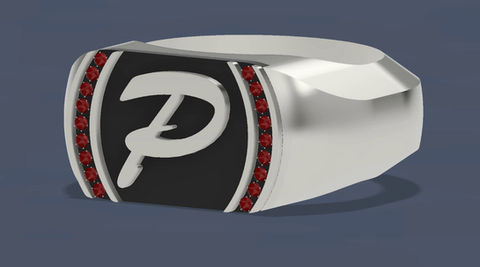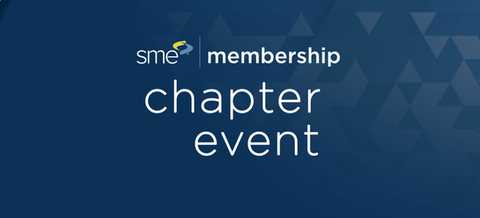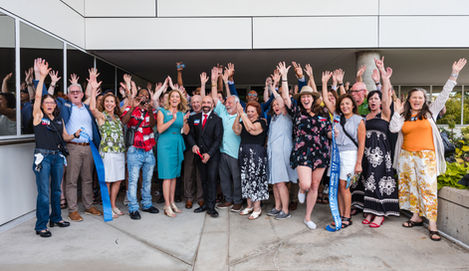
Profy Countdown Timer: Visible on Live site






Who We Are
At Lothric Labs, we are passionate about bringing your vision to life. Our comprehensive 3D design services cover every aspect of 3D creation, from initial concept to final product. With expertise in 3D modeling, printing, rendering, animation, and revisions, we are your one-stop-shop for all your 3D needs. Let us help you take your business to the next level with our customized solutions.

Why Choose Lothric Labs
Print Services
3D printing services tailored to meet the needs of businesses and innovators. With state-of-the-art equipment, we help clients transform their ideas into tangible products quickly and efficiently, bypassing traditional manufacturing constraints.
Expert Design
Providing top-tier 3D modeling and product development services. We have the experience that designers use to excel in creating intricate and precise models, catering to a wide array of industries.
High Quality Software
We offer VoxelDance software, an advanced additive manufacturing solution designed to optimize 3D printing workflows. It supports various technologies, including DLP, SLS, SLA, and LPBF, making it versatile for different printing needs.
Pro Hardware
We offer 3D printers, scanners, and materials for rapid prototyping, reverse engineering, and additive manufacturing, enabling businesses to bring their ideas to life without the need for traditional injection molding.







































